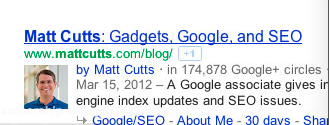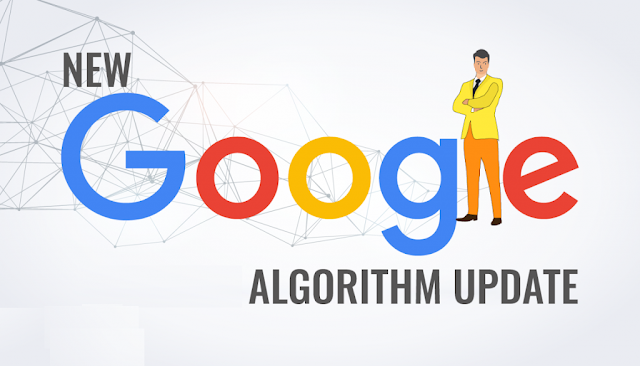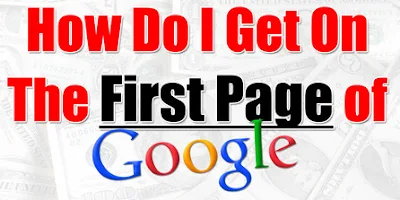 |
| SEO in 2014 |
Over the past years, SEO has been changing
constantly. Google has taken it very seriously that the users get the
right content for the queries they search for. And for that, numerous
updates have been made in their algorithms from the past year.
These are the updates Google has made in its
algorithms in the year 2013.
Panda #24 – January 22, 2013
Panda#25 – March 14, 2013
Phantom – May 9, 2013
Domain Crowding – May 21, 2013
Penguin 2.0 – May 22, 2013
PayDay Loan Update – June 11,
2013
Panda Dance – June 11, 2103
Multi-week Update – June 22,
2013
Panda Recovery – July 18, 2013
Knowledge Graph Expanision –
July 19, 2013
Humming Bird – August 20, 2013
Penguin 2.1 – October 4, 2013
- Authorship Shake-Up – December 19, 2013
Now, let’s see what updates Google
has made in the year 2014.
Page Layout #2 – February 6,
2014
Unnamed update – March 24, 2014
PayDay Loan 2.0 – March 16, 2014
- Panda 4.0 – May 19, 2014.
There is still half an year to go and experts are expecting a lot
more updates to come from Google. Here’s the list of all
Google’s SEO algorithms since 2000 and their updates. More
on Google Panda and Google Penguin Updates.
Here are a few SEO Tips and Tricks
for 2014 that will help you go.
1 # : I observed one interesting thing
in this 2014 that – even if it a smaller or larger site – We
Can Rank (this is for small websites owners
! Previously this is not the situation and small websites
owners never tried big fearing bigger sites about their authority in
Google. And I have seen so many positive results which I cannot
share and this will be a good factor.
2 # : Please don’t go after
backlinks : Better concentrate creating more quality content
and don't waste too much in getting backlinks (either
money or time).
3 # : STOP DOING guest
posts to obtain links. Google already made several announcements
about this.
4 # : TRY to engage the viewers (with
commenting and feedback) and also make sure that you make PERFECT
navigation in the site to make sure that users/visitors can navigate
through the content without any complexity.
5 # : Google Panda 4.0 Hit Sites
Blocking CSS and JavaScript – this is a news from
Seroundtable.com where they told that some people reported
them – So try avoiding this in case if you are penalized in this
recent Google Panda Update. Here is one live example how a person
named Joost (developer) recovered his site from this similar issue.
Here are some more essential things that one
should follow to maintain the Rankings
#1 Have a Responsive Web Design
There has been a drastic growth in the use of smartphones and
tablets, in the past few years. And most of those users prefer
browsing the internet through those devices. Make sure that the
content of your website is easily readable when viewed through all
other devices like such; in short, improve your website’s
responsive design. This is a very important factor that can affect
your SEO since, if your website doesn’t provide a good user
interface, the user will shift to something that does.
#2 Use Social Media
Publicizing your article on Social Media is a very important
technique to, not only get more hits, but also to improve your SEO.
Google Plus’s +1 carries around 0.37% of the weight-age of your
page’s SEO. So, the better you reach out to people on Social media,
the better it is for your website.
#3 Brand building – Authorship
Although Google has recently announced that they will remove the
authorship images from search results, SEO experts, after many
experiments, say that authorship can still affect a website in a
positive manner.
However, only the image is dropped off and authorship stays in the
website. To set up authorship you will need a Google+ account. Still
today, no one from the SEO industry could confirm the importance of
the authorship verified content in search rankings either in the form
of some SEO experiments or cases, even Google never confirmed it –
but still there is a big question about its factor.

This is how authorship mark up will look in the search results.
#4 Go with a Content Management
System (CMS)
Use a proper content management system that offers various
plugins. WordPress is one of the most used content management
systems, nowadays. It not only provides you with amazing plugins, but
will also help you frame your content and images in a way which will
make it easier for Google bots to traverse. Although, using a CMS is
not a must, it is highly advisable. Blogspot and Drupal are a couple
of other famous CMS.
#5 Have a killer UX
Good User Experience (UX) can lead you to great results. See that
the navigation from one page to another inside the site, is easy,
even for a normal user to do. Also, see that the loading time of
the website is minimal, not only on a PC, but also on other devices.
Learn more about UX and make the most out of it.
#6 Get a good Domain Name
Domain name? you may ask. Yes. See that the domain name is
relevant to the content you are planning to produce in the site.
Having the main base word/keyword of the website in your domain name
can turn out to be very helpful. Choose a classy name and not a
funny/silly name. Generally, such silly named websites are not taken
seriously.
Finally I would say its just a factor and its not compulsory
to make a domain name keyword related to your niche – because
Branding is also an alternative for that. If you have one then its
GOOD because I still see lot of niche sites ranking for the keywords
and the search engine still recognizes it even after many panda and
penguin updates.
#7 Keyword Analysis
Look for keywords that have low competition and high search
volume. This will help you write articles using such words as the
keywords and gain more users. Google Keyword Planner is a free SEO
tool that will help you find such words. Instead of using a single
word, it is advised to use key phrases. And also, make sure that you
know how to use a keyword in the context. However, the most important
of things is to produce good quality content that your readers would
connect to.
#8 Link Building
See that you first build proper inter links among the pages of
your website so that it gets easier for the user to navigate. It is
fine to use keyword in the links but make sure that you link it only
to a relevant page on your website. This can help you improve the
rank of other webpages in your website.
Always use relevant, high quality links that go out of your
website. This builds a trust to Google that what you are referring to
is important and useful. And this might eventually push your website
to higher position in the search results. And, keep away from bad and
low quality links. Then again, there are few tiny basic
mistakes that newbies tend to do.












